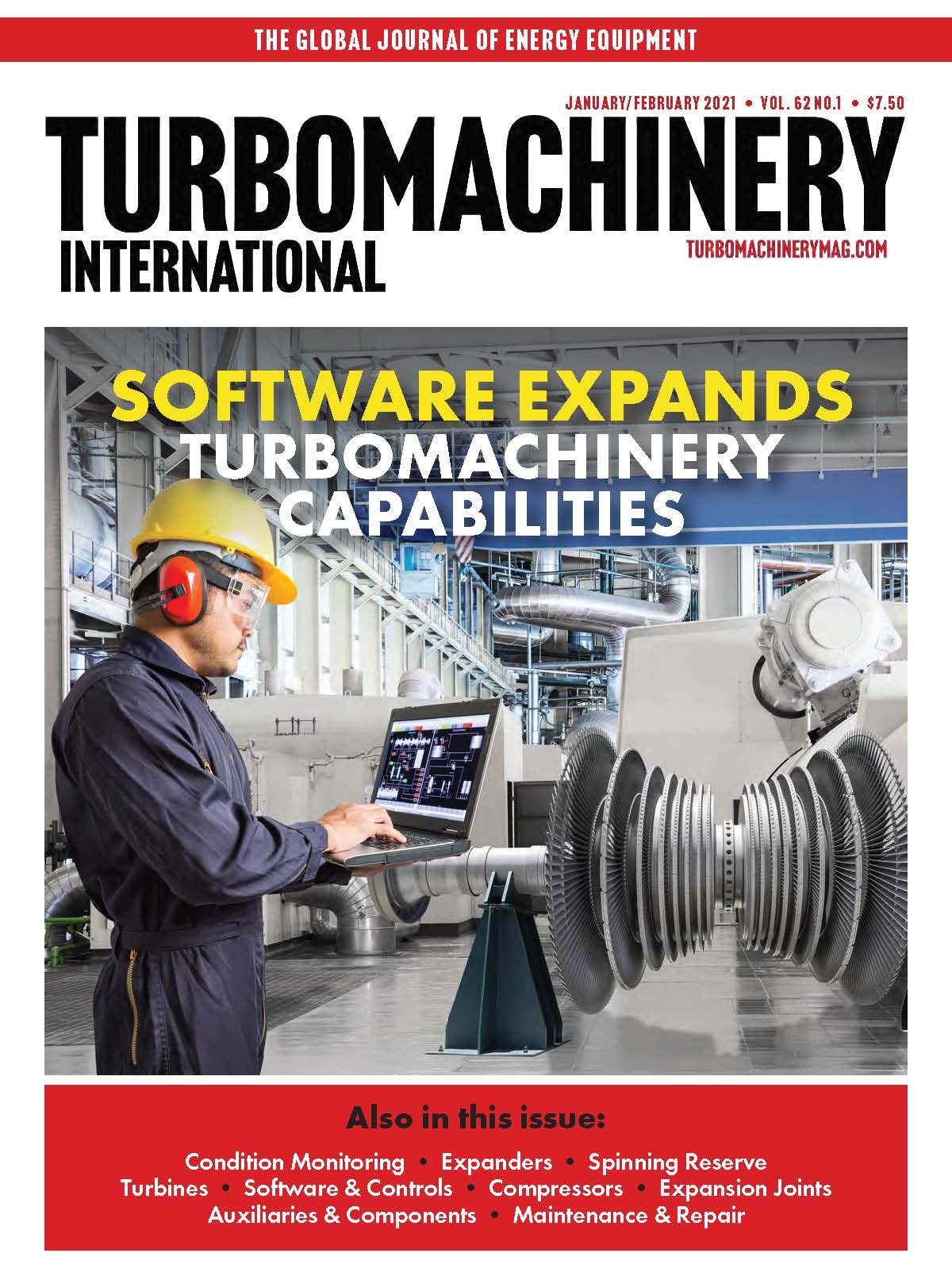Q&A: Should you use a black box or an open controller?
What are the various pros and cons of operating black boxes for compressors?
The main advantage of purpose-built black box controllers is that field-proven logic and algorithms are packaged and protected into one controller. Thus, the risk is greatly minimized of poorly designed logic or algorithms resulting in random plant shutdowns. Also, they provide users with a level of security, where plant personnel cannot routinely access it and accidently cause a system failure and process/plant shutdown. Their main disadvantage is that if the customer desires to modify it in the interest of improving plant processes, they either cannot or are severely limited in doing so.
Why should those with black boxes upgrade?
End-users typically switch from an older black-box based controller to more open control platforms such that they have the capability to modify it in the interest of improving their efficiency, uptime, or plant processes. The latest compressor control systems offer greater visibility into key performance and diagnostic information, allowing users to more accurately understand the health of their compressor package.
Compressor size, complexity, and application are all factors which plant owners use to determine if a compressor packages should be purchased with a purpose-built closed and protected (black box) controller or an open, custom, user-configurable/programmable controller. Smaller simpler compressor packages used for plant air or blower applications are typically purchased as a complete skid or assembly with the black box controls included. However, larger process critical compressors which may require modification during plant commissioning or in the future are typically ordered with open controllers.
What trends have you observed?
End-users are migrating away from the old black-box compressor controllers. This trend is forcing compressor control manufacturers to offer more open architectures and provide the ability for plant engineers to modify and improve control algorithms, and failure fallback logic to optimize plant processes.
What is Vertex?Woodward’s new line of controllers, including Vertex, allows customers to view and modify control logic, interface with other plant controllers, and modify and expand hardware input/output signals. Woodward’s Vertex-based Core Software Module (CSM) includes an application program and Graphical User Interface (GUI) program. Users can easily modify both to meet their functionality requirements. Optionally, users can upload the application and GUI programs into one of Woodward’s control platforms (Flex500 or MicroNet). Without modification, it is ready to be configured to operate and protect 1- or 2-stage compressors.
The Vertex controller enables standardization on one compressor control platform across an entire plant. Standardization of controllers and related software can save thousands in spare parts costs and expenses for personnel training. The Vertex controller allows users to configure it to function as a stand-alone control to manage and protect isolated plant compressors or control critical, multi-function compressor packages with more input and output signals and integral network connections to the plant distributed control system (DCS).
How long would an upgrade take from a black box to Vertex?
Depending on the complexity of the compressor and process, we have customers that were able to physically replace their old compressor control with Vertex in one day then spend the following day adjusting its dynamic response settings to optimize control and process performance. Note that Woodward’s adaptive OptiTune PID controller allows the controller to learn and calculate the system’s dynamic settings ensuring best performance and reducing commissioning times. With more complex compressor controllers which include many input and output signals, multiple functions (anti-surge, decoupling, performance control), and multiple HMIs (human machine interfaces), it may take four or five days to physically replace the old controller. Add two or three days to optimize algorithms.
What percentage of your controls are for new machines versus retrofits?
This percentage is continually changing. Currently, approximately 60% of Woodard’s compressor controllers are used by compressor OEMs. About 40% are used by OEMs and system integrators to upgrade old obsolete or deactivated control systems.
Compressor owners upgrade the controllers for many reasons. Typically, they wait until the warranty period for their OEM-provided compressor package is past before doing so. Many compressor owners simply wait until the controller is no longer supported, which can be 10 to 15 years. A recent trend shows compressor owners upgrading their controllers sooner to improve plant integration, access more diagnostic information, and or make it simpler to start, stop, and operate.
What other trends have you observed?
One of the main trends in the compressor market is users are requiring access to more information within and around the compressor package. They use this information to improve process performance, diagnose compressor package health, and predict future system failures. Plant-wide standardization is another trend we are experiencing, where plant owners desire to standardize on one control platform throughout their plants and compressors. Also, as more plants and systems are connected to the internet and the cloud, a related trend is the requirement for compressor controls to include cybersecurity protection and certification.
As cyber threats to critical infrastructure continue to increase, we believe that cybersecurity certification levels will be required on all controllers being installed with large industrial plants and refineries including compressor controllers.
With more data available, smarter software programs and user service tools will have to evolve to allow both local and remote experts to segment and sort this data based on the specific decision and or analysis being performed. As more remote users gain access to plant information and networks, turbomachinery software will also be required to include multiple layers of user-access security and multiple layers of cyber security. ■
